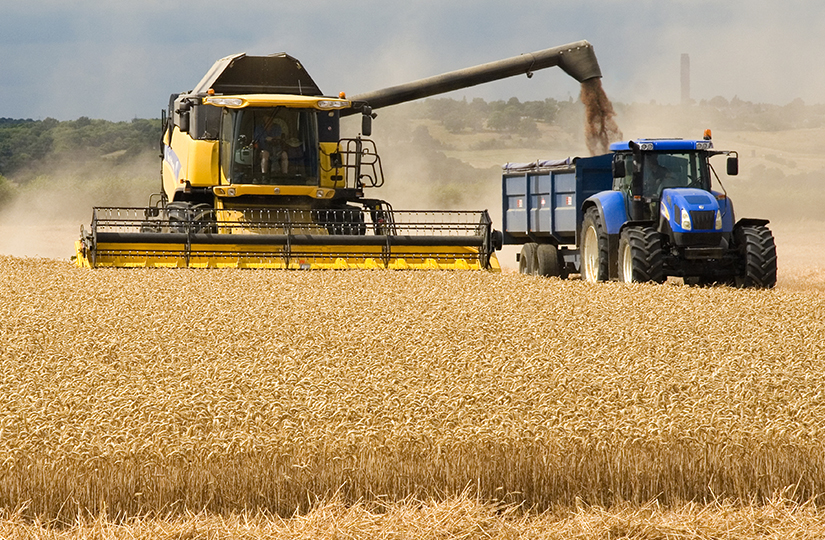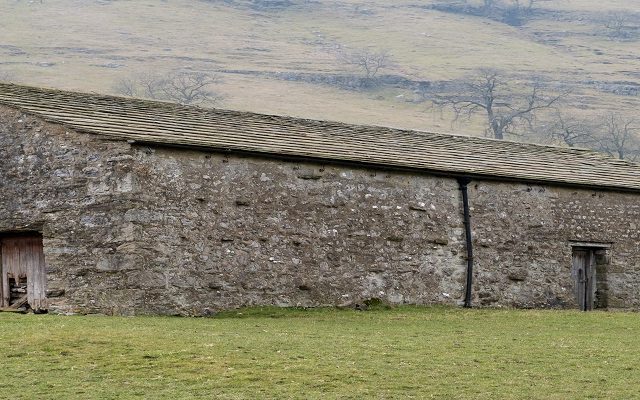English Contract Farming Agreement Survey | June 2020
The 2019 year produced some good yields and better crops compared with the drought-hit harvest of 2018. However, this large wheat crop put prices under pressure and so limited the increase in crop receipts. Slightly higher variable and fixed costs were partially offset by higher than expected Basic Payments. Overall, net margins were up by just under 3% on the previous year.
Average income to the contractor was marginally down on 2018 levels, but above the five-year average. Income to the farmer rose, as farmer’s retention and share of the divisible surplus increased.
Renegotiations, new agreements and tenders
Agreements that were reviewed during the year generally saw a shift in the balance of risk from the contractor back to the farmer through a higher basic contractor’s charge to reflect rising labour and machinery costs.
CFAs and changes in support
Basic Payments are due to reduce from 2021 and this will affect the income to the farmer in CFAs, as many keep the Basic Payment (BPS) as part of the farmer’s retention. Although the government has said that support for farming will remain at current levels, the profits farmers make from it will fall, as BPS is about 80% profit while agri-environment schemes are 10-20% profit. Agreements will need adjusting to reflect these changes.
The design of ELMS will evolve from 2022 onwards, so the best approach is to be as flexible as possible about what land is cropped and what is used for other purposes. Agri-environment agreements are likely to cover larger areas of land and have greater impact on crop rotations. CFAs that allow cropped and environmental areas to ‘flex’ will be needed – taking out unprofitable areas and producing ‘environmental goods’ where valuable.
CFAs may develop to include different payment rates for each crop or environmental option for the basic contractor’s charge and farmer’s retention. This will be more complicated to administer, but the fairest way of dealing with the coming changes.
A well-structured CFA remains a very good vehicle to manage a farm as both parties can be incentivised, their skills utilised and economies of scale realised. Ultimately, farmers must be seen to take some of the risk from growing crops and contractors need fairly rewarding for the retained running costs of labour and machinery and the management skills they bring.






